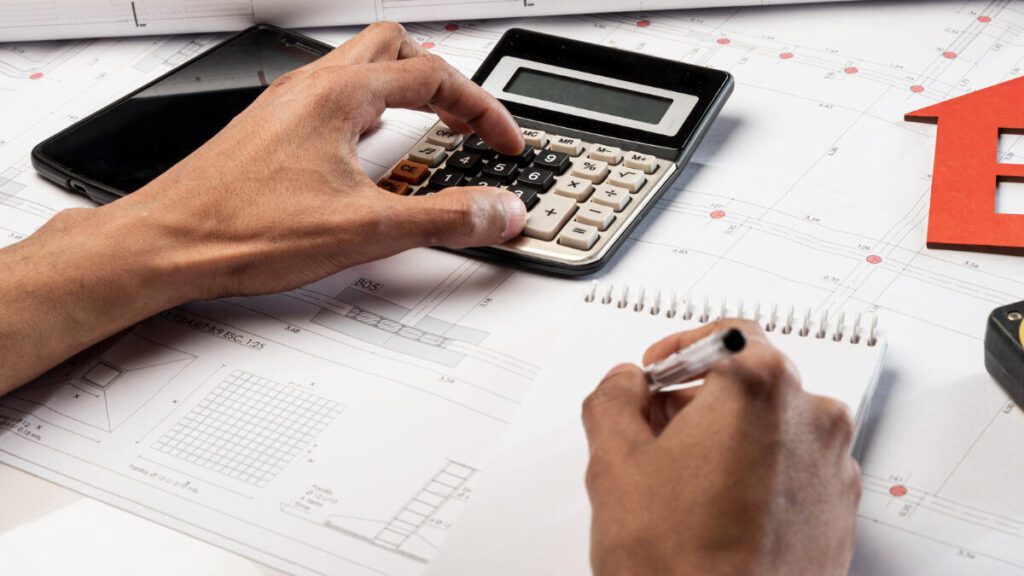Introduction
As companies grow more mindful of sustainability, an energy audit for businesses has become essential for cost savings and environmental impact. With 2025 fast approaching, it’s crucial to make energy-efficient choices. Conducting an energy audit for businesses can reduce expenses significantly while contributing to carbon footprint reduction. This article explores why every business should conduct an energy audit before 2025, how it works, and the benefits of getting started.
- Introduction
- What is an Energy Audit For Businesses?
- Why Energy Audit for Businesses Does Matter
- Advantages of Energy Audit for Businesses
- The Economic Benefits of an Energy Audit
- Environmental Impact of Energy Audits
- Energy Audit for Businesses Checklist
- Types of Energy Audits for Businesses
- Steps to Conducting an Energy Audit
- Identifying Energy Drains
- Assessing Lighting and HVAC Systems
- Examining Equipment Efficiency
- Evaluating Building Insulation and Structure
- Implementing an Energy Action Plan
- Monitoring and Maintenance
- How to Choose an Energy Auditor
- Conclusion
What is an Energy Audit For Businesses?
An energy audit is an in-depth evaluation of a business’s energy consumption aimed at uncovering wasteful practices and providing clear recommendations for efficiency improvements. During an audit, specialists examine lighting, HVAC systems, insulation, and equipment usage to identify where energy savings can be made. By analyzing utility bills, assessing energy usage patterns, and inspecting equipment, auditors offer actionable insights tailored to the business’s unique needs. Recommendations may include upgrades to energy-efficient lighting, improvements in insulation, or optimizing HVAC systems. Ultimately, energy audit for businesses enable them to cut operational costs, reduce carbon footprints, and make strides toward more sustainable operations.
Why Energy Audit for Businesses Does Matter
Energy audits help businesses reduce expenses and play a vital role in fostering sustainability and corporate responsibility. As consumers become increasingly environmentally conscious, businesses prioritizing energy efficiency are more likely to resonate with this growing market. Reducing energy consumption minimizes a company’s environmental footprint and improves its reputation as a responsible brand. Additionally, the financial benefits of energy audits—such as lower utility costs and potential incentives—make them a smart investment for companies seeking long-term savings. By embracing energy audits, businesses can simultaneously meet consumer demands, enhance their sustainability efforts, and improve their bottom line.
Advantages of Energy Audit for Businesses
Conducting an energy audit is a simple yet effective way for companies to boost profitability while demonstrating their commitment to corporate social responsibility. Businesses can significantly lower operational costs by identifying areas where energy is wasted. However, the benefits go beyond financial savings. With increasing consumer demand for sustainable practices, an energy audit for businesses helps them align with these expectations, making them more attractive to eco-conscious customers. Implementing energy-efficient solutions enhances a company’s bottom line and reinforces its reputation as a responsible brand. In today’s competitive market, this commitment to sustainability can serve as a key differentiator, helping businesses build loyalty and stand out in their industry.
The Economic Benefits of an Energy Audit
Conducting an energy audit often uncovers simple yet effective solutions that can result in immediate cost savings. For instance, switching to energy-efficient lighting or fine-tuning thermostat settings are common recommendations that dramatically reduce a business’s utility bills. These quick fixes typically have low upfront costs but offer significant long-term savings. The return on investment (ROI) from an energy audit can be substantial, often recovering the audit cost within just a few months. In addition to immediate financial benefits, these improvements also help businesses optimize energy usage and contribute to sustainability efforts, making energy audits a smart investment for any organization seeking to cut costs and improve efficiency.
Environmental Impact of Energy Audits
Every kilowatt saved through a business energy audit translates into a reduction in greenhouse gas emissions. For companies with sustainability goals, cutting back on energy usage helps align with global environmental targets and meets client and partner expectations for eco-conscious business practices.
Energy Audit for Businesses Checklist
A structured checklist ensures that no aspect of your energy consumption is overlooked. Below are essential areas to evaluate during an energy audit for businesses:
- Analyze current energy consumption to identify trends and areas of waste.
- Inspect lighting systems for energy efficiency and consider upgrades to LED lighting.
- Evaluate HVAC systems and ensure proper maintenance.
- Check and review insulation so that heat loss or gain is not more than required.
- Assess equipment to confirm machinery operates efficiently.
- Consider renewable energy options, such as solar panels or green energy providers.
Using a checklist helps auditors cover all bases, giving your business a comprehensive view of where savings can be achieved.
Types of Energy Audits for Businesses
Energy audits vary in scope and depth, catering to different business needs. These types include:
- Basic Audit: A quick overview focusing on major energy consumers.
- Detailed Audit: A thorough analysis with cost-benefit evaluations for each recommended change.
- Investment-Grade Audit: The most comprehensive, providing a detailed financial analysis for larger-scale energy improvements.
Steps to Conducting an Energy Audit
To maximize the value of an energy audit, it’s essential to follow a step-by-step process:
- Initial Assessment: Review past energy bills to understand trends.
- On-Site Inspection: Conduct a physical inspection of the facility.
- Detailed Report: Receive a customized report with actionable recommendations.
- Implementation: Make changes based on the auditor’s suggestions.
- Follow-Up: Monitor progress and measure results over time.
Identifying Energy Drains
In many workplaces, energy drains can go unnoticed. Familiar sources include overuse of lighting, outdated HVAC systems, and inefficient machinery. A thorough energy audit for businesses will pinpoint these sources, making it easier to take action.
Assessing Lighting and HVAC Systems
Lighting and HVAC systems are among the largest energy consumers in a business setting. Simple upgrades, like LED lighting or a programmable thermostat, can significantly reduce energy costs.
Examining Equipment Efficiency
Inefficient or outdated machinery can cause significant energy losses. An audit evaluates each machine’s energy output and provides recommendations for replacement or improvement. Changing equipment may entail some cost, but it is cost-effective in the long run.
Evaluating Building Insulation and Structure
Building insulation is a crucial factor in energy conservation for businesses. Insulation minimizes heat loss in winter and reduces cooling needs in summer, lowering overall energy use. An energy audit for businesses will assess insulation quality and suggest enhancements.
Implementing an Energy Action Plan
After the audit, businesses are presented with an Energy Action Plan. This step-by-step guide outlines changes to improve energy efficiency, such as upgrading equipment, optimizing daily practices, and retrofitting outdated systems.
Monitoring and Maintenance
Energy audits provide insights into reducing energy use, but continuous monitoring is essential to maintain these improvements. Regular maintenance of systems like HVAC and lighting keeps them functioning efficiently, while ongoing monitoring ensures energy-saving strategies stay effective.
How to Choose an Energy Auditor
Selecting a qualified energy audit for businesses is crucial for accurate results. Look for certifications from reputable organizations like the Association of Energy Engineers. Verify their experience in commercial energy assessments to ensure they understand your industry’s unique demands.
Conclusion
An energy audit for businesses is one of the best strategies that any business should be willing to embrace for both saving and sustainability. By identifying and addressing energy drains, companies can enjoy lower costs and reduce their carbon footprint. With rising energy prices, there has never been a better time to commit to energy audits before 2025.


